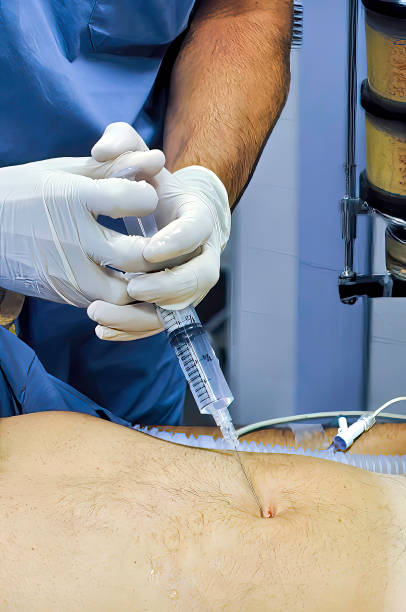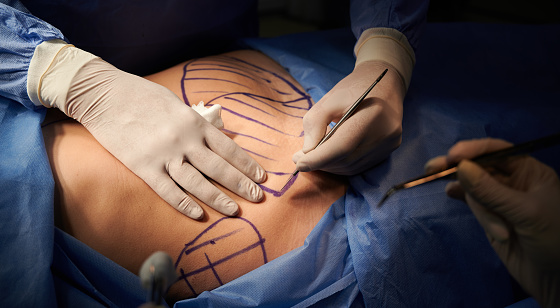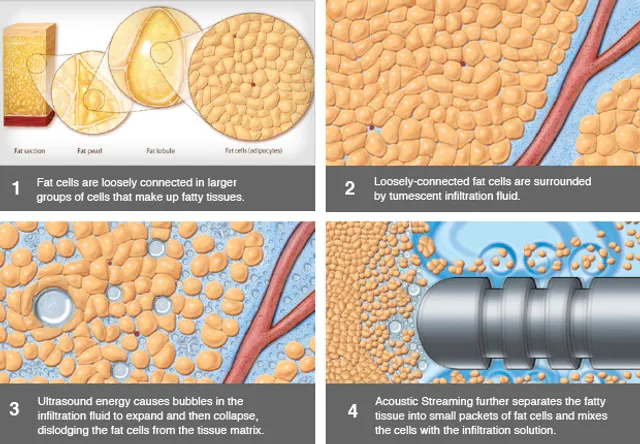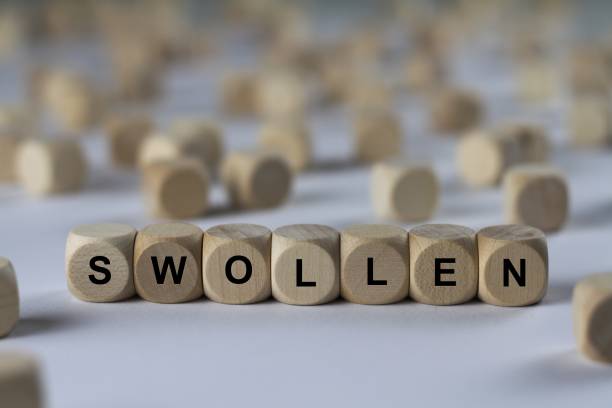
Plastic surgery has oddly been around for some time now. Like… a few hundred years— except it didn’t always include anesthesia. In 1987, Dr. Jeffery Klein found a safe way to perform liposuction under local anesthesia and with tumescent fluid. Game change— for good and for “bad”.
(OK slight confession: I’ve been trying to get away from “good” and “bad” so let’s say for high and low vibrations. Insert hippie tree hug HERE)

What is this liquid fluid thingy you speak of?
Tumescent is a dilute solution containing epinephrine and lidocaine injected into the subcutaneous fat during liposuction surgery. Before harvesting the fat, surgeons let the localized tissue absorb the fluid.
The tumescent serves as a numbing and an immobilizing agent, aiding in plastic surgery being safer with less postoperative complications.
Except in 1987, there wasn’t an emphasis placed on the lymphatic system. While tumescent isn’t harmful or toxic, it has always been presumed to be easily reabsorbed and processed through the skin until a budding scientist, Tai Brown, noticed the long term dermal presentations compromising skin integrity told a different tumescent tale: does the weight of tumescent cells change the internal physiology after plastic surgery?
Hey Janitor! 🗣 You missed a spot!

The lymphatic system- let’s call it the janitor of the body, moves cellular waste through and out of the body. But what if the janitor is only used to lifting trash cans that weight 10lbs, and is also only used to carrying them down 8 ft wide hallways— tons of room and space to work, right? But what if the janitor comes to work and the trash cans now weigh 60lbs and the hallways have become narrowed from these new fancy cushion walls the administration installed and the hallway lumen is now only 3ft wide. Processing and production slows.
And i-oOP 🤭, cell type viscosity differentials you say?
How much thicker are tumescent cells than lymph? Do they raise the pressure when volume increases and viscosity slows? Imagine this janitor scenario but IN the vesicular space— heavy slow cells passing through vessels causing them to stress out more? Breaking down the surrounding valves from just normal wear and tear. That sounds like the recipe for Lymphedema. Liposuction Lymphedema to be exact, a term coined by Practitioner Latora Washington.
Canvases have changed
Client canvases aren’t as prime and good as they used to be— canvases are the medium we work on; in this case the “canvas” are client’s bodies. There has been a decline in canvas quality over the last 10-15 years in the Plastic surgery space. Coordinators approving clients who aren’t ideal candidates for surgery, healthcare charts being overlooked with hidden underlying pre-existing conditions. Modern client canvases aren’t as active as we used to be, taking less steps, living prime sedentary lifestyles now more than ever before. Even down to the quality of food these days are overrun with GMOs, high fructose corn syrup, and high levels of salt— and then enters tumescent. An external agent joining the party in the land of sluggish lymph.
After plastic surgery, nodes get congested more regularly (a lot can be attributed to canvas decline) and lymph starts to get backed-up within skin layer presentations. This occurrence presents around the same time skin starts to heal around and throughout the back up lymph, trapping it. Due to the inflammatory response when trauma is introduced to a closed system, internal cavities and passageways narrow, the lymphatic system becomes transected and compromised, and the janitor of the body’s workload quadruples.

The Janitor takes a break
We see why client’s often think they have fibrosis— if the janitor of my body was waving the white flag and taking a nap, we would think that as well! Except this isn’t fibrosis. It’s reabsorption. Similar to when a woman’s internal systems present signs of diabetes when pregnant, or anemia in her second trimester, so too do client canvases present with short term edema presentations. This poses a question of treatment approach: do we give a pregnant woman with gestational diabetes… diabetic treatments, meds, and disease regimens to follow? Or do we address her short term symptom?
Due to the thickened viscosity of tumescent lymph, we’ve referred to this as “T-Interstitium fluid” and a compromised lymphatic system, CSL Therapy treatments are applied with techniques that combine focal points of skin integrity, vanity, science, and research. Fluid is moved through the body based on technique and mmHG application. MLD approaches are fine on the IDEAL surgery client; but everyone else (the “everyone else” is the masses of today’s modern canvas) will achieve lackluster results from outdated massage techniques.
Progressive Treatments > Outdated healthcare
Clients achieve better results by mobilizing fluid in directions that unload the congestion instead of forcing it through overwhelmed channels present with high inflammatory cell responses. They also heal with high confidence of skin integrity that speaks to their desired body goals. Treatment plans ditch outdated Lymphedema and Advanced MLD trainings, and embrace techniques that work with the clients varying body presentations in real time to avoid body plateaus.
Whether you are a client searching for a provider who is knowledgeable enough to help you protect your Body Transformation investments OR a provider looking for progressive educational curriculums that speak to the problems your clients are having after plastic surgery procedures, here’s 3 tips to remember:

Conclusion
Tumescent changed the game for good and bad. And there’s no turning back now. For almost 3 decades, surgeons and scientists alike have tried to find something better than tumescent liposuction— zilch. It’s kinda the dopest thing. Since Tumescent is here to stay (we like it hanging out, we don’t want it to go anywhere) we at TOSI are excited to continue spreading the news of PostOp-Indur manual manipulation techniques that are built on MLD and Vodder premises— the future of Post Plastic Surgical expressions and resources are here. If this type of education sounds like something you’ve been looking for? Try The TOSI Method.
For quality Postop-indur courses that teach the comprehensive details of what’s going on with your clients during each stage of their postoperative journey past standard Advanced MLD courses, The TOSI Method is the solution you’ve been searching for. Check out our FAQ section, visit our “How To Get Started Map“, and sign up for a FREE Blueprint Call to discover the 3 TOSI Phases + enhance your Cosmetic Self Love educational journey.
© Taime Out Studios™ 2021. All Rights Reserved. Site Designed & Hosted by A. Louise Creative
© Taime Out Studios™ 2021. All Rights Reserved. Site Designed & Hosted by A. Louise Creative